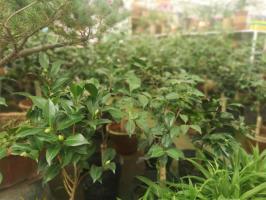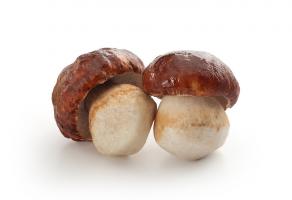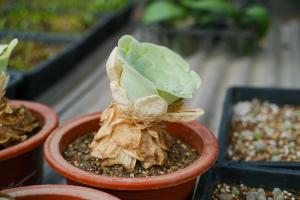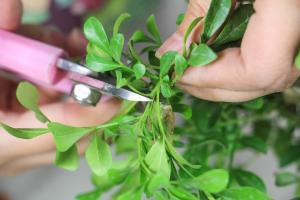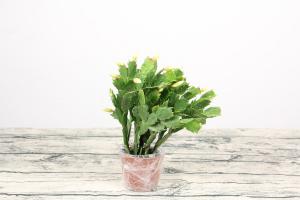Can Potted Ferns be Planted in the Ground?
Indoor gardening enthusiasts often grow potted ferns inside their homes, offices, or other indoor spaces. However, some people might wish to transplant their potted ferns into the ground to give them more space to grow and thrive. If you're wondering whether potted ferns can be planted in the ground, the answer is yes! In fact, many ferns are indigenous to outdoor environments and will flourish in your garden if properly cared for.
Choosing the Right Ferns for Your Garden
If you're considering planting potted ferns in the ground, it's essential to choose the right ferns for your garden. Some ferns are more suitable for outdoor environments, such as the Boston fern, the maidenhair fern, or the autumn fern. These ferns thrive in shade or partial shade, which makes them ideal for planting in areas that don't receive a lot of direct sunlight. It's also essential to consider your geographical location and climate, as some ferns are better suited for specific regions.
Transplanting Potted Ferns into the Ground
Before transplanting your potted ferns into the ground, it's crucial to prepare the soil correctly. Ferns thrive in well-draining, nutrient-rich soil that is slightly acidic. If your soil is clay-like or sandy, you should amend it with organic material such as compost or manure to create optimal growing conditions. Once the soil is ready, it's time to remove your fern from its pot carefully. You should use a garden spade to dig a hole that is twice as big as the fern's root ball. Gently place the fern in the soil, ensuring the top of the root ball is level with the surrounding soil, and backfill the hole with soil. Water your fern thoroughly after planting to help it settle into its new home.
Caring for Your Transplanted Ferns
After you've transplanted your potted ferns into the ground, caring for them is relatively simple. Ferns need plenty of water, so it's essential to ensure they receive adequate moisture regularly. However, it's also essential not to overwater them, as this can cause root rot and other issues. Ferns also thrive in shade or partial shade, so it's essential to plant them in areas where they won't receive direct sunlight. If your ferns start to appear dull or unhealthy, it's a sign they might not be receiving enough water or sunlight.
Conclusion
In conclusion, potted ferns can certainly be transplanted into the ground, and many ferns thrive in outdoor environments. However, it's crucial to choose the right ferns for your garden, prepare the soil correctly, and care for your transplanted ferns properly. With the right care and attention, your potted ferns can become a stunning addition to your outdoor space and thrive in their new home.

 how many times do yo...
how many times do yo... how many planted tre...
how many planted tre... how many pine trees ...
how many pine trees ... how many pecan trees...
how many pecan trees... how many plants comp...
how many plants comp... how many plants can ...
how many plants can ... how many plants and ...
how many plants and ... how many pepper plan...
how many pepper plan...